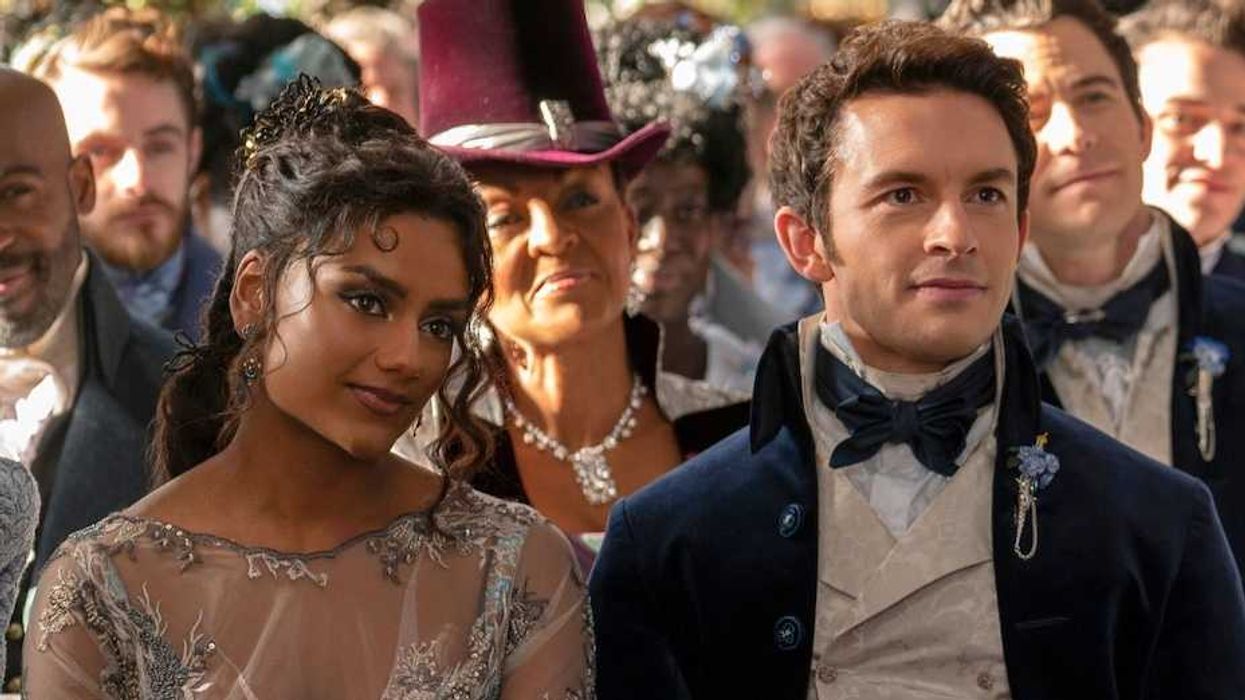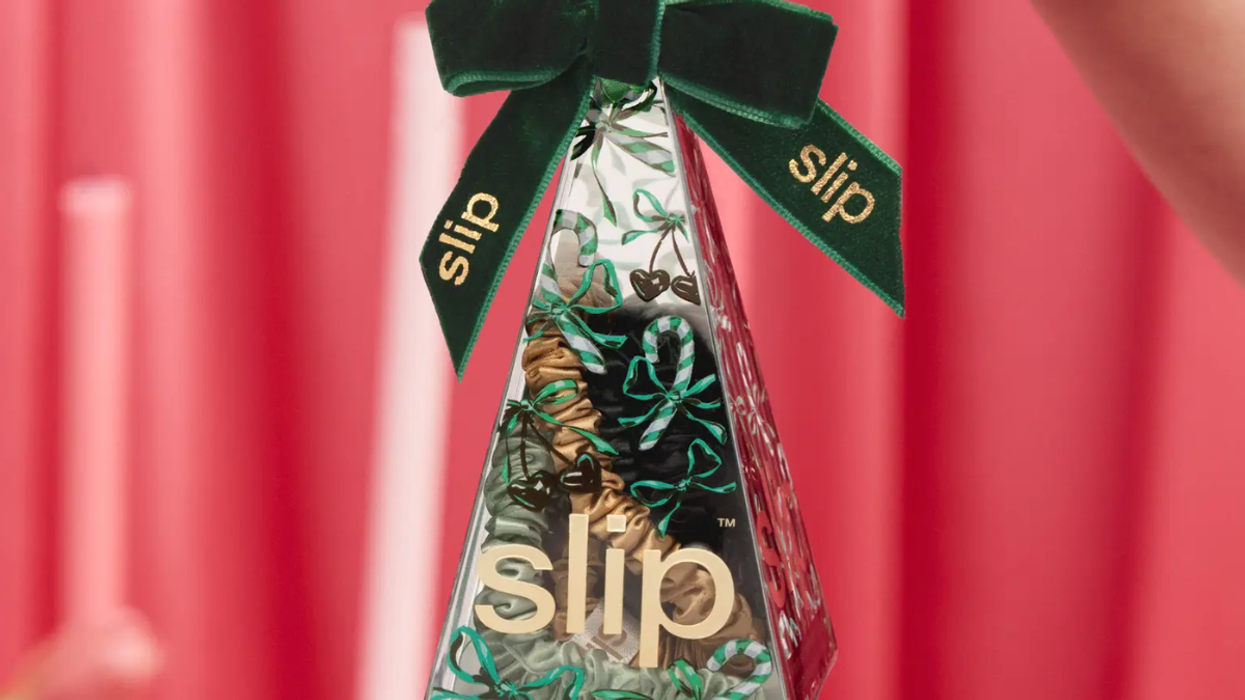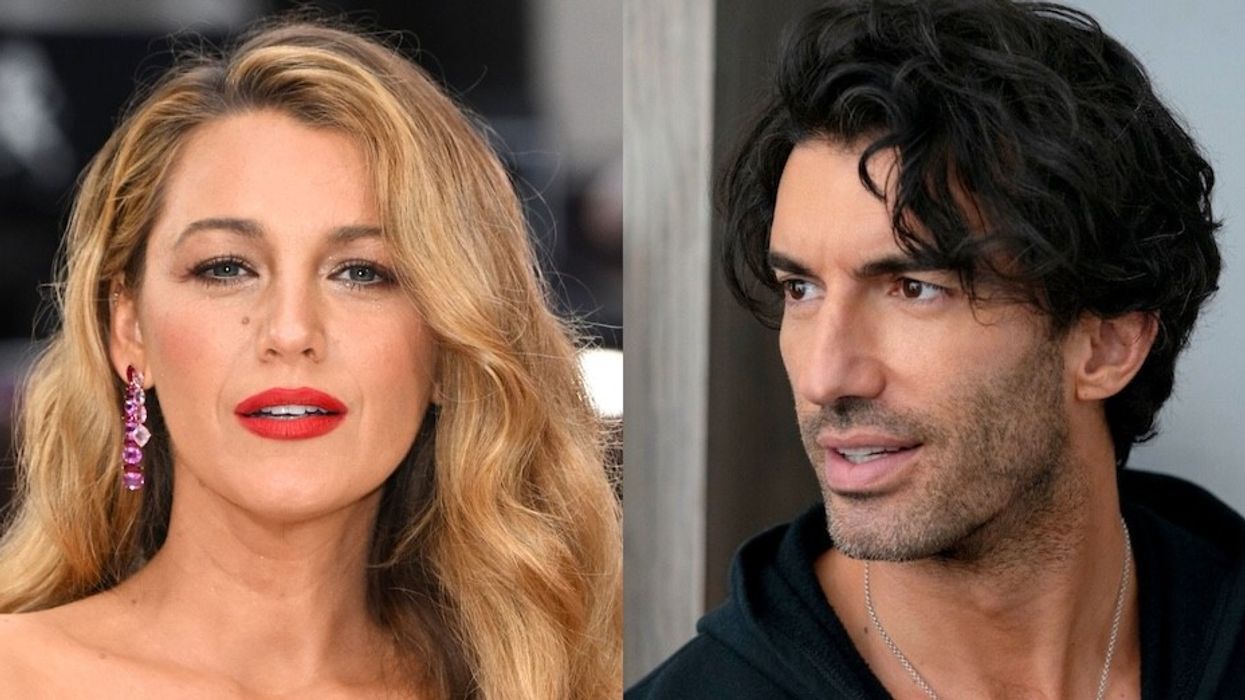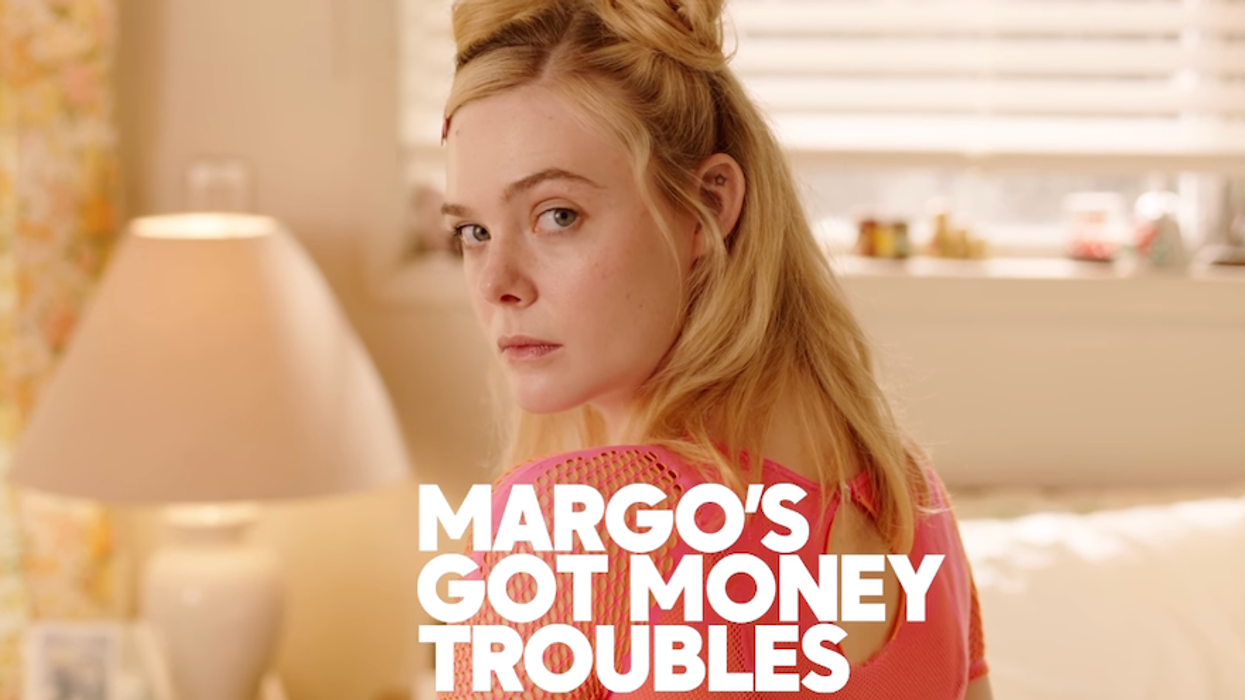Expert tips on getting it right.
Going Blonde Right Now? Read These Expert Tips First!

With the change of the season, everyone from your BFF to your favorite celebs are switching up their look (we’re looking at you, Jared Leto and Hilary Duff!). And why not? It’s the perfect time to debut a new look to go along with those new, on-trend duds. We turned to expert colorist Joseph Mullen of ION Studio, who has done hair for Chanel and McQueen fashion shows, along with spreads for Vogue, Elle and Harper’s Bazaar. He shared his advice on taking the blonde plunge.
Finding the right shade and tone is key.
When it comes to choosing a shade of blonde, picking one at random is never a good idea. Just because ash blonde might look good on say, Cara Delevnigne, doesn’t mean it’s going to work for you. “Anyone can go blonde,” says Mullen, “but for it to look natural, you need a shade and tone that goes with your coloring.”
Commitment-phobes beware: Gorgeous locks take dedication.
If you’re dyeing your hair more than two shades lighter, you’re going to need what’s known as a “double process,” where hair is first stripped of its natural pigment with bleach and then a new pigment is added to achieve the desired shade. Depending on how dark or light your hair is, that can result in some serious upkeep.
As Mullen explains, the amount of time and effort you’re going to need to put into your hair after taking the plunge is directly related to how drastic of a change you’re making. “The further away you go from your natural color, the more the maintenance,” he tells us. “The blonde needs to be touched up every four to five weeks. The hair at the scalp processes faster than hair further out because of body heat, and if the color doesn’t lift evenly, you will get bands of different colors.”
This shouldn’t deter you from switching up your look, but it’s important to know what you’re getting yourself into, especially if you’re not comfortable showcasing your roots. Not ready to commit? Try balayage or ombre instead. You’ll get the lighter color you want, but without the headache of dealing with roots.
Processed hair needs extra love.
Anything you do to your hair, whether drying, styling or dyeing, will undoubtedly have a damaging effect. Mullen shares, “When you color hair, the chemicals used in the process open the hair’s cuticle, the protective, outside layer of the hair. Once this happens, it’s difficult for the cuticle to close again.” He explains, “This causes [your] hair’s texture to feel rougher and to become more frizzy looking. It also causes dye molecules to escape more easily, which makes maintaining the tone a chore as well. To keep it looking its best, it is important to adhere to the aftercare regimen prescribed by your colorist, as everyone’s hair is different.”
While damage might seem envitable, Mullen says you can actually prevent it straight from the get-go. “There are products available to professionals now that actually prevent breakage and damage, like Olaplex. If you opt to use this, you should expect to pay a service charge, and it usually takes a little bit longer to lift, but the payoff is hair that is far less damaged and in better overall condition.” There is hope!
A drastic ‘do isn’t something you want to DIY.
We love a good DIY project as much as anyone else, but some things — like a drastic dye job — are better left to the professionals. “Hair color is not magic; there is an exact science to it. Hair color products that are sold to consumers are not the same as professional products, which are stronger and require a license to use,” says Mullen. “Not only that, but so many things can go wrong, i.e. orange or Big Bird yellow hair. And sometimes the hair needs to be lifted multiple times or needs to have several toners added.”
If you do decide to go the at-home route, Mullen recommends managing your expectations. “If you do lighten it at home, understand what color you will pull at the desired level of lightness, and then you can chose a toner to counteract that tone, because it might end up being an undesirable one.” To avoid any catastrophes or that trip to the salon you tried to avoid in the first place, it’s best not to go more than one to two shades lighter on your own.
Timing is everything.
If you’re looking to make a bold statement, busting out a dramatic new ‘do at an unexpected time is the perfect way to grab everyone’s attention. If you like things more on the subtle side, going lighter (or darker) at the start of a new season is the way to go.
Are you planning on taking the plunge and lightening up those locks in time for the warm weather? Tell us about it in the comments!
(Photo via Pascal Le Segretain, Alberto E. Rodriguez, Larry Busacca/Getty Images)

















